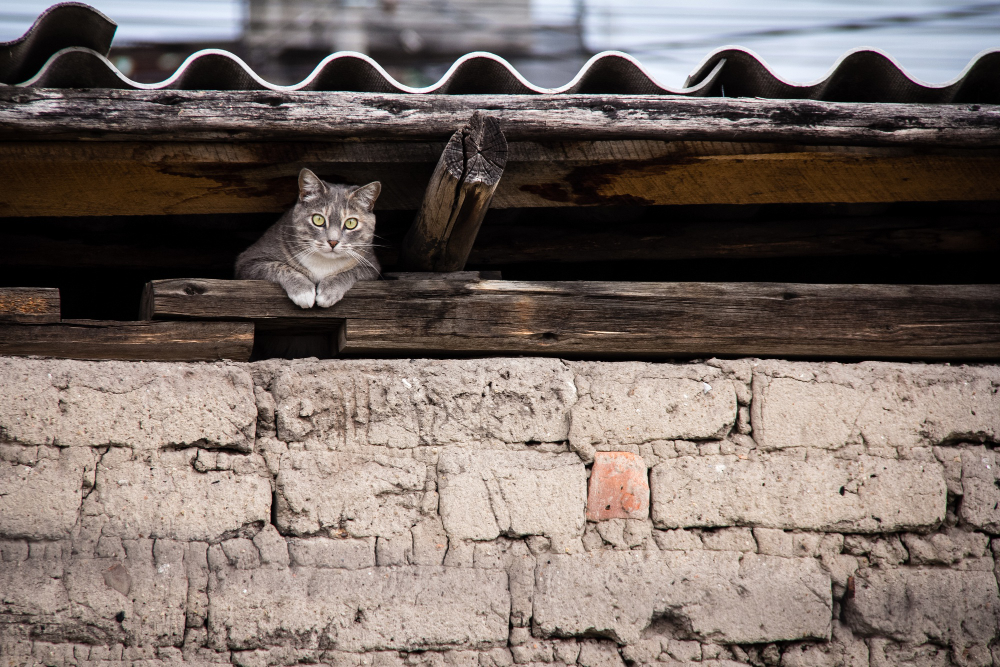It is important to prioritise safety when undertaking DIY projects, as certain risks may be associated with them. One major risk to be aware of is the potential presence of asbestos in your home.
In the past, asbestos was commonly used in building materials due to its fireproofing and insulation properties. However, it has since been discovered that exposure to asbestos fibres can have serious health consequences, including respiratory conditions and cancer. Therefore, before starting any DIY project, it is important to determine whether there is asbestos present in your home.
According to the UK Asbestos Training Association (UKATA), there were 2,544 mesothelioma deaths in Great Britain in 2020. This is a 6% increase compared to 2019, but it aligns with the average of 2,523 deaths per year over the previous eight years.
Identifying the Risks of Asbestos Exposure
Additionally, if you are planning on renovating or making any changes to your home that may disturb materials that could contain asbestos, it’s important to consult with a professional asbestos abatement contractor. They will be able to assess the situation and safely remove any asbestos-containing materials, if necessary.
If you are unsure about the presence of asbestos in your home, you may consider having a certified asbestos inspector perform an inspection. They will take samples of suspected materials and have them tested in a laboratory for the presence of asbestos fibers. This will give you a definitive answer and help you determine the next steps to take.
Overall, identifying the age of your home and educating yourself about asbestos is the first step in determining the risk. By taking precautions and seeking professional assistance when needed, you can ensure the safety of yourself and your family. Remember, asbestos exposure can lead to serious health issues, so it’s better to be safe than sorry.
Hiring a Professional Asbestos Removal Company
If you suspect the presence of asbestos in your home, it is essential to hire the services of an asbestos removal company in your area. Handling asbestos-containing materials without the proper training and equipment can release harmful fibres into the air, posing a risk to your health and the health of those around you. Only certified asbestos contractors will have the expertise to handle and remove any identified asbestos materials safely.
To ensure compliance with local regulations, it is essential to understand the requirements for asbestos removal in your area. Many regions only allow licensed professionals to remove asbestos-containing materials. Attempting to remove asbestos on your own can result in fines and legal consequences. Therefore, it is important to familiarise yourself with the specific regulations in your area before attempting to remove asbestos materials.
If the asbestos-containing materials in your home are in good condition and undisturbed, leaving them untouched may be the safest option. Asbestos materials that are intact generally do not release harmful fibres into the air. However, if you plan to engage in activities that may disturb these materials, such as demolition or renovation work, it is essential to consult with an asbestos professional prior to undertaking any DIY projects.
Respirators for Working with Asbestos
Always prioritize safety when working with asbestos. If you plan on removing asbestos as part of a DIY project, make sure you have checked with the local authorities.
To prevent the spread of asbestos fibres, isolate the area you are working in. This will help contain the potentially harmful particles and prevent them from spreading to other parts of your property.
When working with asbestos, it is essential to wear a full mask respirator with filters designed specifically for asbestos. These filters are effective in preventing the inhalation of asbestos fibres.
If you are working indoors with asbestos insulation, artex, or other asbestos materials, it is essential to conduct an air test. This test will ensure that no asbestos fibres are present in the air and could potentially harm you or your family.
If you are unsure about the presence of asbestos or how to handle it safely, it is best to seek professional help. Remember, protecting yourself and your loved ones from asbestos exposure should always be a top priority, especially when working with asbestos materials inside your home.
Conclusion
While DIY projects can be fulfilling, it’s essential to be aware of the potential risk of asbestos. Identifying the age of your home, educating yourself about asbestos, and seeking professional assistance when necessary are crucial steps in ensuring your safety. By taking the necessary precautions, you can enjoy the satisfaction of completing your DIY project while minimising any health hazards associated with asbestos exposure.







